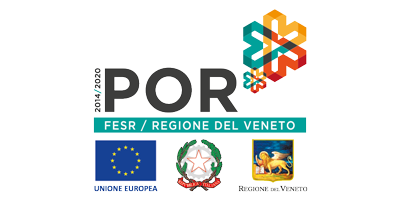Editorials
ILSA's green strategy for black berried table grapes to advance colour, maximize profit and maintain high consumer satisfaction
03/08/2020
Last September 2019, ILSA agronomists obtained higher yield and size of the grapes in Red Globe table grapes in the vineyards of Agrigento, without applying synthetic gibberellins and cytokinins. This also promotes good bud fertility for the following year (often affected by the excessive use of these phytohormones). Grape berries were larger and without cracks.
The test was carried out at the Euroagricola Di Pasquale company, in Ravanusa, where the ILSA formulations of natural origin for foliar application and fertigation based on Gelamin® (fluid hydrolyzed gelatin for agricultural use) and from the Viridem® range of products (extracts of vegetable origin) were integrated into the company strategy.
Luigi Volpe, agronomist and technical consultant of the company, was amazed by the results: “Seeing the entire Red Globe production uniformly coloured as early as mid-September is a result never achieved before that has allowed us to market in advance and with favourable prices." An even more important achievement considering that 2019 saw a general strong delay in the ripening of grapes in the region.
The Strategy
Instead of the classic water-soluble NPK product for fertigation and other mineral products based on phosphorus and microelements by foliar application, organic and completely natural products were used. These are formulations based on Gelamin® with a high content of nitrogen, organic carbon and amino acids (obtained by an enzymatic hydrolysis process of collagen). Along with completely plant-based biostimulants, rich in specific bioactive molecules, these positively stimulate the various phases of the phenological cycle, thus reducing any influence of external stress.
In mid-September, compared to the witness, plants treated with the ILSA fertilizers and biostimulants recorded a yield per plant of about 5 kg higher than the witness and, despite the higher production load, an average grape size of 22 mm, compared to 19mm.
These results were obtained without the use of synthetic hormones, often used by those farmers who grow table grapes and therefore applied in the witness thesis.
| ILSA Thesis | Witness | |
|---|---|---|
Fertigation |
||
| 2 applications (06/05/2019 and 11/05/2019) |
Etixamin DF: 5 kg/ha Ilsactive Start: 15 kg/ha IlsaStimSet: 20 kg/ha Sequestrene 138: 15 kg/ha |
Hydrosoluble NPK: 40 kg/ha Sequestrene 138: 15 kg/ha |
| 07/06/2019 | Ilsactive Start: 10 kg/ha Etixamin DF: 10 kg/ha Sequestrene 138: 10 kg/ha |
Hydrosoluble NPK: 30 kg/ha Sequestrene 138: 15 kg/ha |
| 03/07/2019 | Etixamin DF: 10 kg/ha Calcium nitrate: 30 kg/ha |
Hydrosoluble NPK: 20 kg/ha Calcium nitrate: 30 kg/ha |
| 2 applications (19/07/2019 and 08/08/2019) |
Etixamin DF: 20 kg/ha Magnesium nitrate: 150 kg/ha |
Hydrosoluble NPK: 20 kg/ha Magnesium nitrate: 150 kg/ha |
Foliar applications |
||
| 19/04/2019 | IlsaVivida: 2 kg/ha Ilsamin MMZ: 2 kg/ha |
Microelements: 2 kg/ha NP mineral: 3 kg/ha |
| 06/05/2019 | Ilsamin N90: 5 kg/ha IlsaVivida: 2 kg/ha |
Microelements: 2 kg/ha NP mineral: 3 kg/ha |
| 03/07/2019 | IlsaForma: 2 kg/ha Ilsamin CaMg: 3 kg/ha |
GA3: 0,5 kg/ha Calcium based product: 3 kg/ha |
| 2 applications (19/07/2019 and 08/08/2019) |
IlsaForma: 3 kg/ha IlsaKolorado: 3 kg/ha |
GA3: 0,5 kg/ha |
Tab.1 Protocol of the applications of the ILSA thesis and the comparison theses (nutritional strategy). Mineral fertilizers and synthetic hormones have been replaced with fertilizers and biostimulants of natural origin, however integrated in the conventional defense strategy.
| ILSA Thesis | Witness | |
|---|---|---|
| Grapes yield (kg per plant) | 40 | 35 |
| Clusters average lenght (cm) | 40 | 30 |
| Average size of the berries (mm) | 22 | 19 |
| % Colour at 19/09/2019 | 90% | 50% |
Tab.2: The results summarized in the following table.
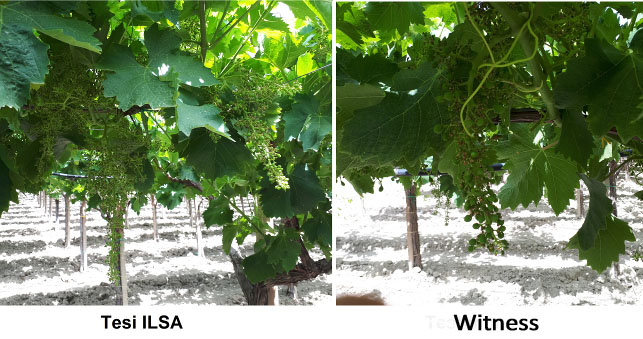
Photo 1: The greater elongation of the spine which has been seen yet in mid-June, favoured a better development of the berries and the formation of bunches less prone to mold.
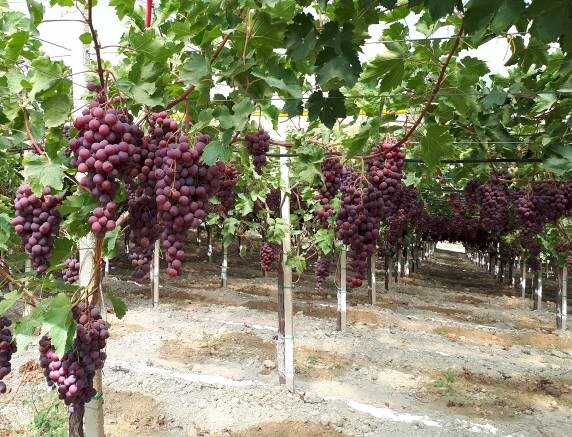
Photo 2: The early achievement of a uniform colour allowed a great advantage for the producer who, in September, was the only one to have a red berried grape ready for sale, with a very high price.
Excellent results for the winegrower and better grapes without synthetic hormones
The results achieved fully satisfied the winegrower’s needs but the most important aspect was the benefit for the consumer who was able to eat a quality, tasty, crunchy table grape obtained by limiting the use of hormonal substances or other chemical products.


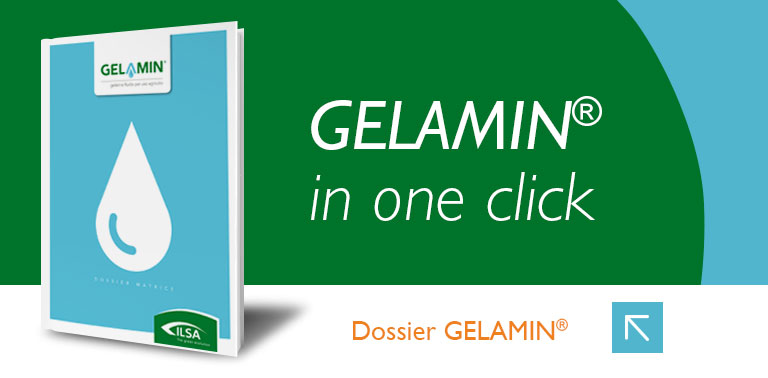
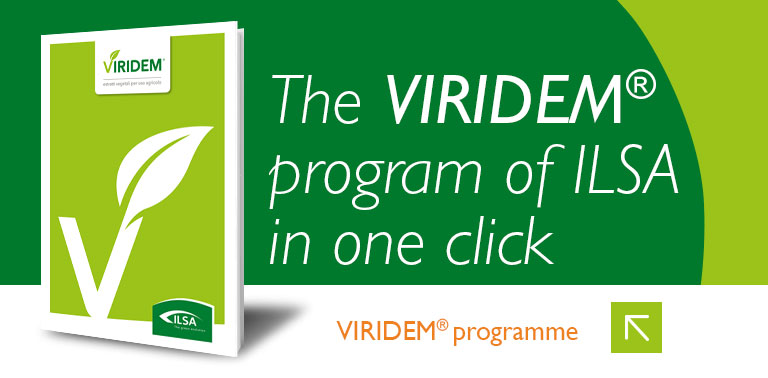

.png)
